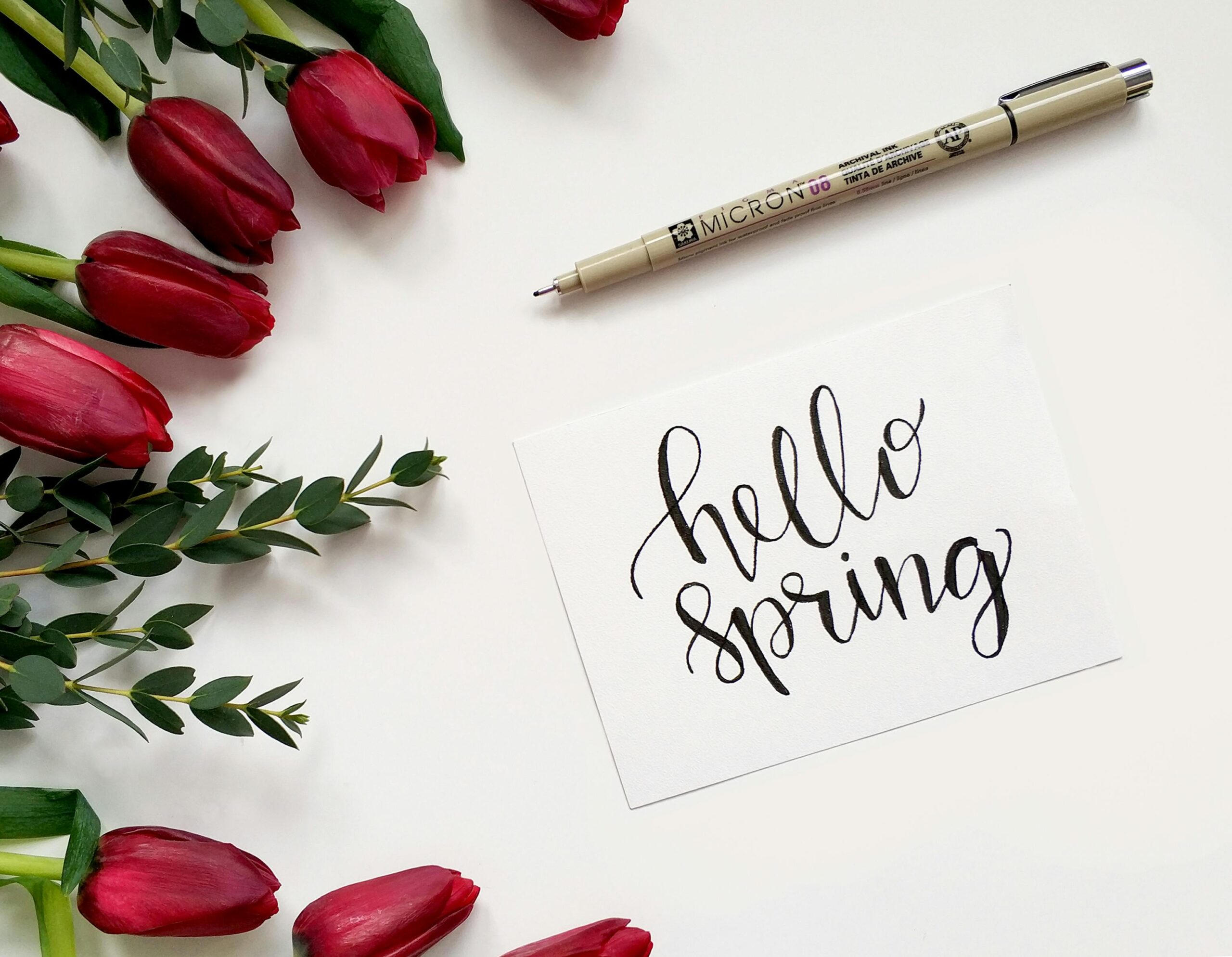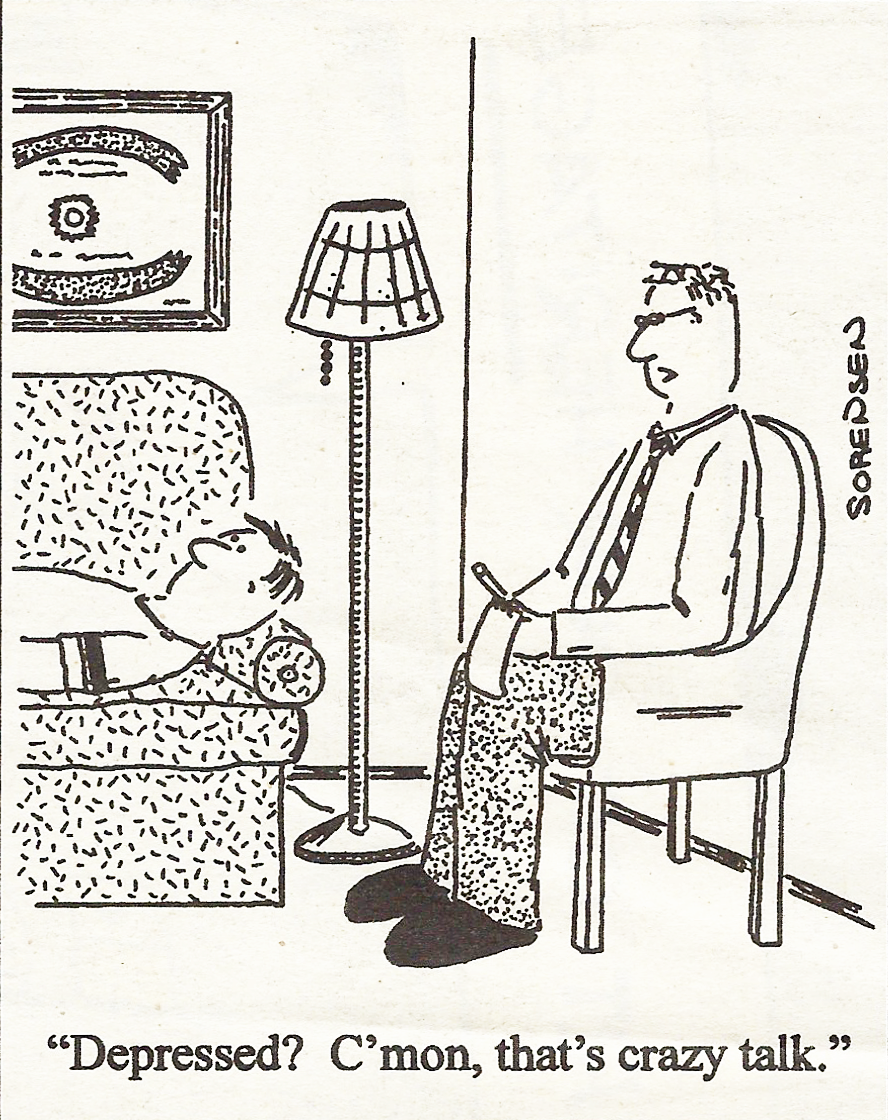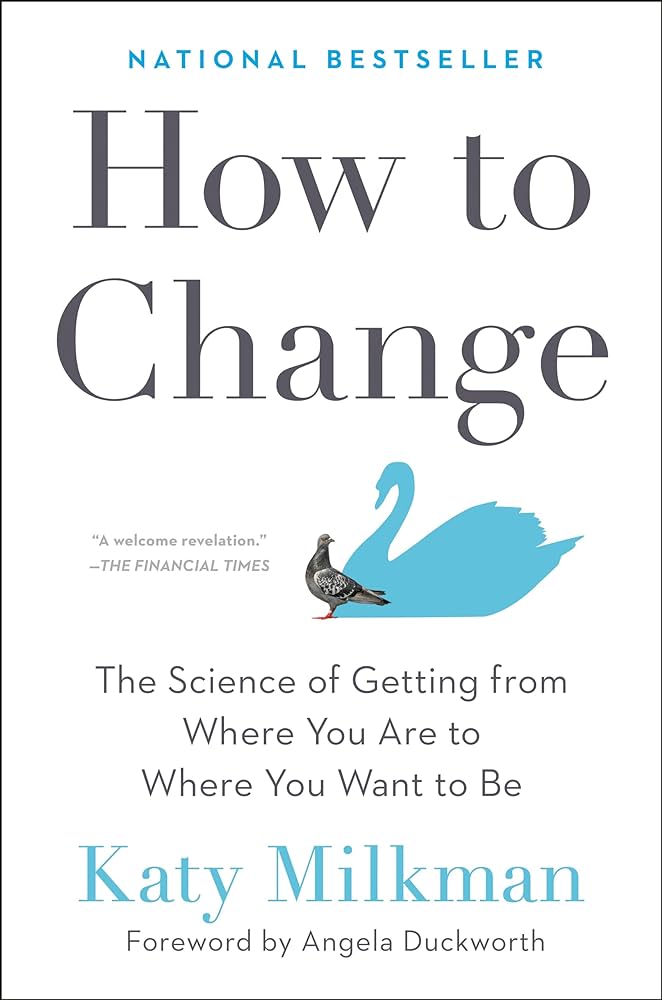LEARN A LITTLE:

How Are You Working?
I think it was about 20 years ago when I came across a research article written by Amy Wrzesniewski, PhD, from the University of Michigan entitled “Jobs, Careers and Callings.” It was pioneering research presented from the perspective of psychology.
The distinctions she made have stayed with me ever since, and I have often used them when I reflected on the workforce that I was associated with at the time. These ways of viewing work—job, career, calling—came back to me recently after I met with a woman who was remarkably committed to helping others as a nurse practitioner.
Work Distinctions
Jobs
For the most part those individuals working in jobs are doing so for the money. Their work is a means to an end. In fact, they may not even enjoy the work and not find it rewarding. There are those times in our lives when working at a job is a necessity, for example, to put food on the table. I have worked many jobs to do so, including putting myself through college. Jobs are typically thought of in this context as hourly wage positions, with few benefits and privileges. But this isn’t always the case. Many people in job titles that would seem to be attractive and rewarding in fact view the position as a job.
There are also other people who have made the decision that their lifestyle is more important that the work they do. Activities such as hobbies, travel or “hanging out” seem more important than enjoying work.
Careers
People defining their work as a career are much more invested in what they are doing than how they are paid and recognized, although those are important considerations. Career advancement and higher social standing are often a prime interest for these individuals. Many of these individuals also view their work as a stepping stone to a future, more attractive position.
It is in search of a career that many young people decide to go to college. Some enter college knowing what they want to do and where they want to do “it.” I was not such a person. It was only as I began my senior year in college that I made a decision and still wasn’t entirely sure I had made the right choice in terms of a major.
Calling
Research findings reveal the fact that most people who view their jobs (work) as callings do not really separate their work from their life. Many with a calling are certainly concerned about adequate compensation and work culture, but what motivates them is the personal fulfillment that the job provides.
While the concept of “calling” was originally a religious description—one was called by God—today it is also used in a secular sense and characterizes many people who believe their work is making the world a better place.
Understanding the Distinctions
Some important things to note: First of all, whether a person categorizes their employment as their job, a career or a calling is not dependent upon the occupation. For example, there are teachers who regard their work as a job, a career or a calling. I could tell the difference in high school. Teachers with a calling were almost always more inspiring. What I also noted about these individuals was that they encouraged their students to think about teaching as a career. Many other scomplained about their profession.
It is particularly interesting that persons who view their work as a calling may not have jobs that most people value. I, for instance, had a friend who was a janitor in a junior high school. We had become friends playing basketball together. He loved his job, and the kids loved him. His investment in connecting with the students was so important to him that he was a treasure trove of information. In fact, after 3:00 p.m. when all of the students had left for the day, the principal would often seek him out and “get his thinking” on problem kids or other school issues.
Of course, we all know many people who complain about their professions. They are the ones who are most likely to remark, “TGIF,” (Thank God it’s Friday).
On the other hand, an interesting fact is that those individuals defining themselves as having a calling enjoy greater health satisfaction. Also those with a calling miss less days of work than those with a job or a career. Employees with the job and career category did not differ significantly in their attendance pattern.
An Assignment
Look around your workplace and note your colleagues’ attitude toward their work, and consider your own. Here’s a question for which I have no answer, and I am sure if there is an answer, it’s not an easy one.
Pick an occupation, nurses, for example. How is it that some nurses simply do a job, others have a career and still others fulfill a calling? I also do not think that individuals with a true calling retire from it. Instead, it stays with them although their involvement may diminish with the realities of the aging process. I couldn’t imagine Mother Teresa or Martin Luther King—had he not been tragically slain—saying, “I sure am glad I’m finally 65. Now I can travel, sleep in, and not be bothered by all those phone calls and people problems. I think I will start on my bucket list and visit all the national parks.”
LAUGH A LITTLE:

REFLECT A LITTLE:

Proverbs 10:28
The hope of the righteous is joy,
but the hope of the wicked perishes
READ A LITTLE:

How to Change: The Science of Getting from Where You Are to Where You Want to Be
Katy Milkman (Portfolio/Penguin, 2021)
Katy Milkman’s How to Change is a rather remarkable book and an excellent resource for anyone desiring to better their life. She clearly demonstrates the ability to connect research and its findings to the reality of practical, every-day use. Others also agree. The list of notable authors and researchers who have endorsed this book is remarkable.
Milkman has identified six major obstacles or barriers to change: impulsivity, procrastination, forgetfulness, laziness, confidence and conformity. In an effort to give you a flavor of the book, I’ll share a few selected insights regarding these obstacles below.
Impulsivity
- “Doing the ‘right’ thing is often unsatisfying in the short-term.” It’s why we are prone to prefer instant gratification.
- “We think ‘future me’ will be able to make good choices, but too often ‘present me’ succumbs to temptation.”
- “The vast majority of us report approaching our goals with too much faith in our self-control and ability to do tough things.”
- “Research has proven time and again that rather than relying on willpower to resist temptation, we’re better off figuring out how to make good behaviors more gratifying in the short-term.”
Procrastination
- People don’t always act impulsively. “Sometimes people want just the opposite because they know it will help them avoid temptation.”
- “An effective solution to this problem is to anticipate temptation and create constraints (‘commitment devices’) that disrupt this cycle. Whenever you do something that reduces your own freedoms in the service of a greater goal, you’re using a commitment device. An example is a ‘locked’ savings account that prevents you from accessing your money until you’ve reached your savings goal.”
- “Public pledges are a form of ‘soft’ commitment that increase the psychological cost of failing to meet your goals.”
Forgetfulness
- “Forgetfulness isn’t always a made-up excuse. According to one recent study, the average adult forgets three things each day, ranging from pin numbers to chores to wedding anniversaries.”
- “We forget nearly half of the information we’ve learned within twenty minutes. After 24 hours, about 70 percent of it is gone and a month later, we are looking at losses of 80 percent.”
Note: How about that? What a troubling thought. - “Plans don’t change minds—they only help us remember to do the things we already want to do.”
- “Forming cue-based plans is another way to combat forgetting. These plans link a plan of action with a cue and take the form ‘When ___ happens, I’ll do ___.’ Cues can be anything that triggers your memory, from a specific time or location to an object you expect to encounter. An example of a cue-based plan is, ‘Whenever I get a raise, I’ll increase my monthly retirement savings contribution.’”
Laziness
There’s no doubt that laziness in our lives can surely be a problem and prevent our personal productivity, but it isn’t always a vice.
- “Taking the path of least resistance is exactly what the world’s best computer programs do when solving problems, in order to avoid using costly processing power. The best search algorithms take shortcuts rather than exploring every possible option.”
- “When laziness is appropriately harnessed, it can actually help facilitate change.”
- “Tracking your behavior can facilitate habit building and help you avoid forgetting.”
Confidence
- “The worst thing you can do is sit on bad news.”
- “Self-efficacy is a person’s confidence in their ability to control their own behavior, motivation, and social circumstances.”
- “Research confirms the obvious: when we don’t believe we have the capacity to change, we don’t make as much progress changing.”
- This is not a new idea, but bears repeating. “Our expectations shape our outcomes.”
- “What we think we’re capable of is crucial when it comes to behavior change.”
Conformity
- “Consciously or subconsciously, norms create pressure to conform so we won’t experience social discomfort or sanctions but can instead enjoy ‘fitting in.’”
- “A growing body of evidence suggests that the people you’ve spent time with have been shaping your behavior your whole life often without your knowledge. Be careful who you spend your time with.”
- “Often, in fact, we are more influenced by observation than by advice.”
- “Social pressure can be used to coerce people. So, before using social norms to influence friends, family, or coworkers, take your moral responsibility seriously.”
The last chapter of the book is “Changing for Good.” I appreciated its candor and truthfulness. There are no silver bullets, no secret sauce for achieving behavior change.
A final insight:
“Study after study has shown that achieving transformative behavior change is more like treating a chronic disease than curing a rash. You can’t just slap a little ointment on it and expect it to clear up forever. The internal obstacles that stand in the way of change, such as temptation, forgetfulness, underconfidence, and laziness are like the symptoms of a chronic disease. They’re human nature and require constant vigilance.”
Get a copy and read it when you can.
Until next time,
Art Dykstra
Purchase this and other recommended books at your local bookstore or through the HighTidePress.org bookstore.
All High Tide Press sales benefit persons with disabilities.
Cherry Hill Consulting Group and High Tide Press
are Visions of Trinity Foundation - 101 Hempstead Place, Joliet, IL 60433


